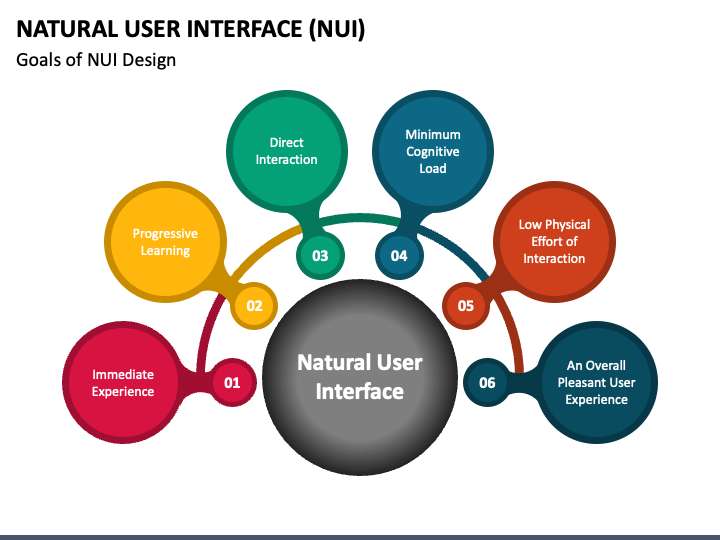Things to keep in mind when building a user-friendly interface, from making sure your users feel at home to handling tricky design challenges.
Introduction
A natural user interface (NUI) is a design approach that focuses on creating interfaces that are easy to use and understand. It tries to replicate how humans naturally interact with their surroundings by ensuring all interface elements are transparent and easy to find.
This makes it easier for users to learn how the interface works. NUI can be used in various areas, such as digital signage, digital marketing, and web UI design. NUIs can help users focus on their tasks, providing contextual information about the task. This can help them complete it faster.
Overall, NUI is an innovative way of designing technology that aims to make it easier for people to use and understand. It has already started significantly impacting various industries, like healthcare, finance, education, and transportation.
Why do we need a natural user interface?
A natural user interface (NUI) is a type of interface that is designed to be as simple and easy to use as possible. It’s based on the assumption that people are naturally intuitive and can understand things easily if they’re presented in a way that makes sense to them.
The biggest benefit of a NUI is that it makes it easier for people to find what they’re looking for. This is because it eliminates the need for complicated menus or screen layouts and presents information in a more condensed form. This makes it easier for people to quickly access the necessary information without sifting through tedious details.
In addition, NUIs make it easier for people to learn new things. They allow you to focus on the task at hand rather than being bogged down by unnecessary distractions. And, since they’re easy to use, you’ll be able to learn new skills much faster than with traditional interfaces.
Overall, a NUI is an essential tool for anybody who wants an intuitive and efficient way of using technology. It’s sure to make your life easier in ways you never thought possible!
Things to consider when Designing a Natural User Interface

When designing a natural user interface, it’s important to consider a few key factors.
- Make it easy to use – users should spend less time learning how to use your product or service. They should be able to get right down to business and start using it the way they want as soon as possible.
- Keep things simple – users should be able to handle simple menus or screens that are easy to understand. Everything should be straightforward to navigate.
- Make sure everything is responsive – the user experience should be consistent regardless of the device or platform on which it’s being used. People should be able to access your content no matter where they are, what time of day it is, or what browser they use.
All of these things need to be considered when creating a practical and comfortable user interface, regardless of their level of experience or expertise. There are no hard and fast rules, but by understanding these factors, you can create an interface that is both intuitive and efficient.
What challenges do we face when Designing a Natural User Interface?

When designing a user interface, one of the main challenges is making it easy and intuitive for people to use. This is especially important in the age of artificial intelligence, where machines are starting to become more and more skilled at completing tasks on their own.
One challenge is that humans need to be more accustomed to interacting with computers in a way that feels natural. We’re used to using keyboard and mouse inputs, which makes it difficult to adapt our design approach to a computer-based environment. Instead, we often opt for simplified or direct interfaces that make it easier for users to understand and navigate.
Some people use their computers differently than they should. They need to learn how to use all their computer features properly. This results in inefficient use of resources and complicated navigation paths. A good design should focus on ensuring users find what they’re looking for without spending too much time getting acquainted with the UI.
All these factors underscore the importance of thoughtful user research when designing a natural user interface. Only then will you be able to create an interface that’s friendly and easy for everyone – from first-time computer users to experienced professionals.
Conclusion
Overall, the natural user interface is a trend that is likely to continue in the coming years. It’s an interface that mimics how humans interact with their environment and makes user usage easier.
There are many natural user interfaces, but the most common is the gestural or touch-based user interface. This interface allows users to control their devices by simply using their hands and fingers. Other popular types of natural user interfaces include voice-enabled and eye-tracking interfaces.














